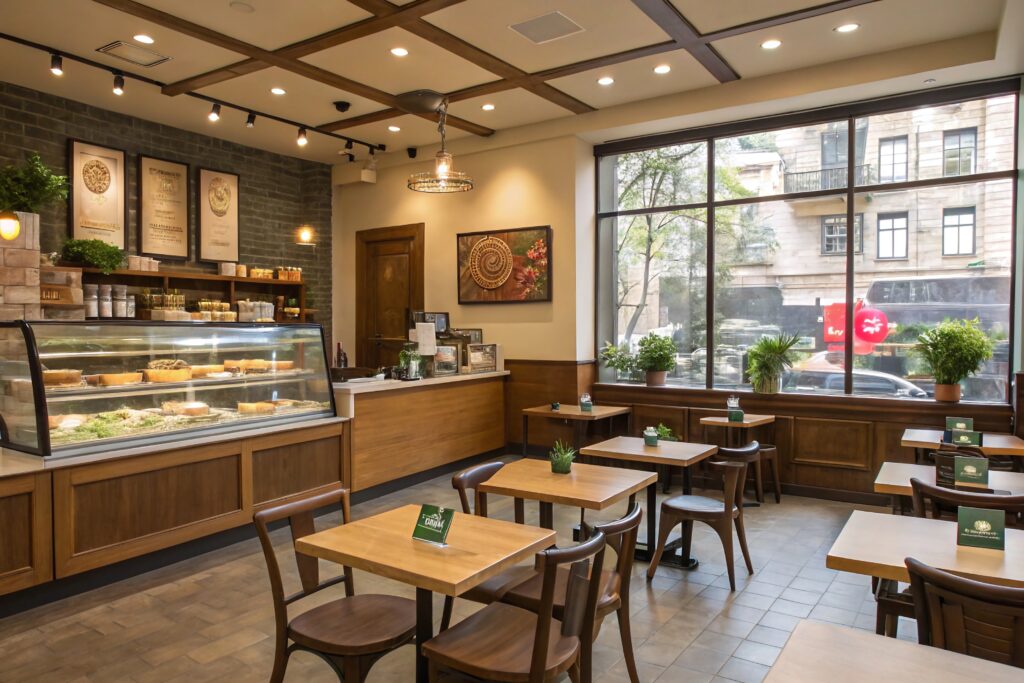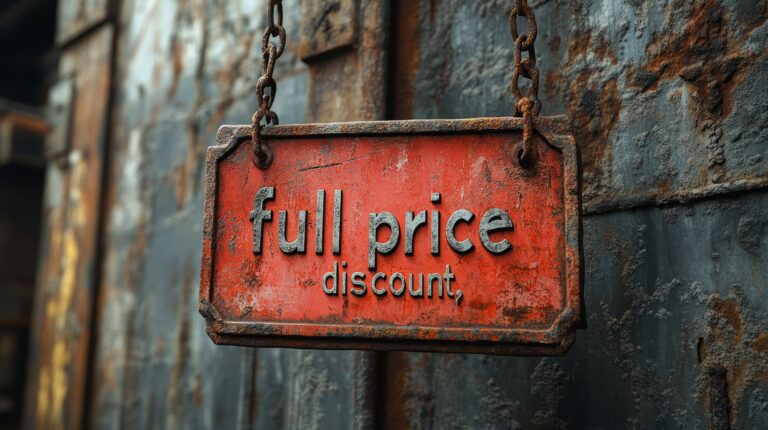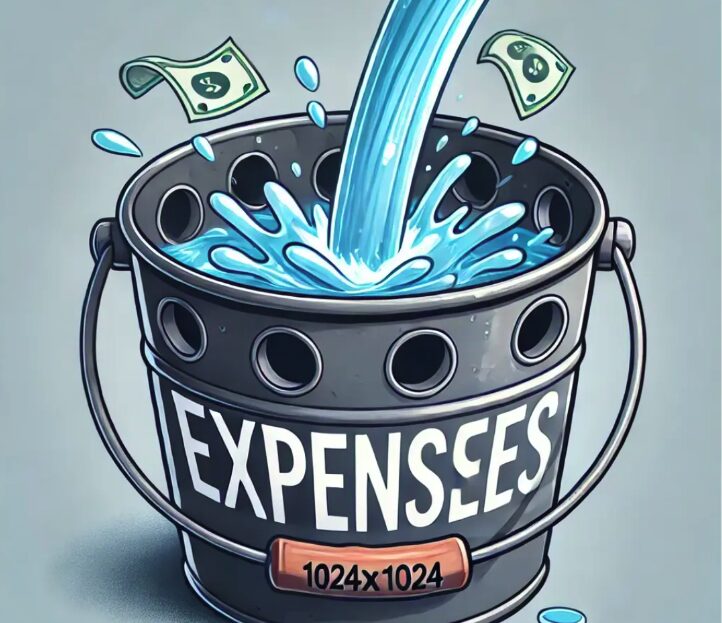From $1M in Sales to Reality Check: Why This F&B Business Wasn’t Profitable
An F&B business with multiple shareholders was reporting $1 million in annual sales, but the cash flow told a very different story. Despite high revenue, profits remained thin and cash reserves were constantly under pressure. Shareholders grew increasingly concerned and began questioning the Executive Director—who also held equity—about the business’s financial struggles.
The Challenge
The Executive Director’s initial instinct was to focus on boosting sales, assuming more revenue would fix the problem. But a closer look at the numbers told a different story. The core issue wasn’t revenue—it was how the business misunderstood its real revenue and cash flow.
What the Numbers Revealed
A financial breakdown showed that the business wasn’t actually operating on $1M in usable income:
| Category | Amount ($) | % of Sales |
|---|---|---|
| Total Sales | 1,000,000 | 100% |
| GST (9%) | (90,000) | 9% |
| Net Revenue | 910,000 | 91% |
| Subcontractors (e.g., part-timers, promoters, GM) | (273,000) | 30% |
| Materials (e.g., food ingredients, alcohol) | (273,000) | 30% |
| Real Revenue | 364,000 | 36% |
Many essential costs—like labor and ingredients—were being deducted after the fact, giving a misleading picture of profitability.
This scenario is drawn from patterns we’ve seen in other multi-shareholder businesses where revenue appears strong on the surface, but operational realities tell a different story.
Core Issues Impacting Profit & Cash Flow
Misunderstood Cash Flow Timing
While the business accepted cash payments from customers, it also carried unsold inventory. Suppliers had already been paid, but sales to cover that outlay hadn’t happened yet—creating ongoing cash shortfalls.Sales Growth Without Margin Awareness
The push to “sell more” overlooked the fact that each additional sale was often unprofitable. Without attention to margins, growing sales only grew losses.No Focus on Customer Lifetime Value
Acquisition-heavy sales strategies ignored the real profit potential from upsells and return customers. Without a retention plan, profitability remained elusive.
Strategic Shifts to Improve Cash Flow & Profitability
Reclassify Revenue for Visibility
Subtract subcontractor and material costs upfront to reveal true operational revenue. This gives clarity on how much money is actually available to run the business.Renegotiate Supplier Terms
Avoid paying 100% upfront. Negotiate credit terms or order smaller, more frequent batches to protect working capital.Shift Sales Strategy
Focus on repeat customers, retargeting, and upsells. Use data to understand which products or offers deliver the highest margin—and sell more of those.Align Revenue with Profit Goals
Track margin per sale to identify loss-making items or discounts. Reprice or bundle key items to drive profitability without relying on volume alone.
Takeaways for F&B Shareholders and Leadership
Revenue ≠ Real Revenue
Key operating costs must be factored out before evaluating business performance.Cash Flow ≠ Sales Timing
Upfront supplier payments and slow inventory turnover can create invisible strain.More Sales ≠ Better Business
If margins are weak, more sales just accelerate losses.Profit is in the Repeat, Not Just the First Sale
Long-term value comes from customer retention and strategic upsells.
Final Outcome
By applying these principles, the business repositioned itself for smarter growth. With clearer reporting and financial strategy, the Executive Director shifted from firefighting to forward planning—ensuring the company grows in both revenue and profit.


